Grow Passionvine as a Host Plant for Butterflies
Updated: Aug. 07, 2023
Passionvine is a host plant for several caterpillars. But there's one non-native variety that wildlife gardeners should probably avoid planting.
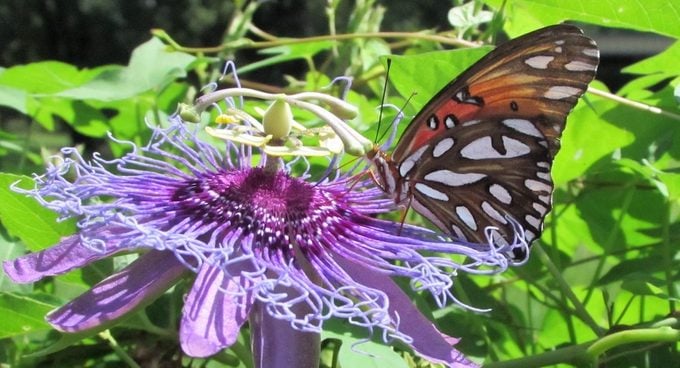
Spring is when my favorite flower blooms here in Tampa. It’s passionvine time! In April, the vines are climbing the trellis at the rate of several inches a day, and soon the large buds will appear. After that, it won’t be long before the flowers, spanning 4 to 5 inches, burst into splendor, with their exotic appearance matched only by their unique fragrance.
Not only does this quirky flower look cool, but it’s also a big draw for southern wildlife. Nectar-seekers visit blossoms, while certain types of longwings and other butterflies lay their eggs on the vine. Fragrant passionflowers come in shades of purple, blue, red, pink, yellow and white, and make way for berries that birds devour. Vines range in length from 15 to 50 feet. Most gardeners let the tendrils climb walls and fences; others use it as ground cover.
Discover easy ways to use vining plants all around your garden.
Native Passionvine Care and Growing Tips
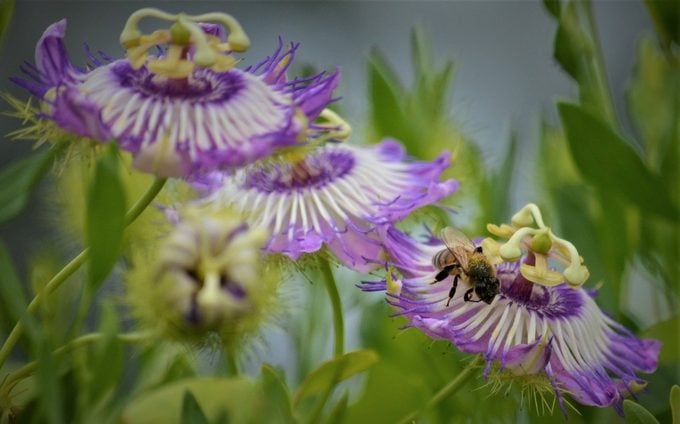
There are nearly 500 varieties of Passiflora spp. in the world. The most common throughout the southeast is Passiflora incarnata, often called maypop (zones 6 to 10). This vine is so populous in some parts of the southeast that it’s considered a pest. It spreads underground and has a habit of popping up in places you don’t remember planting it.
Though it will be killed back to the ground in a frost, it pops back up when the temperatures warm up again, growing quickly to cover a trellis or patch of ground. It’s easily propagated by cuttings, and is drought-tolerant and happiest in full sun.
Check out the top 10 vines to grow for hummingbirds.
Non-Native Passionvine Varieties
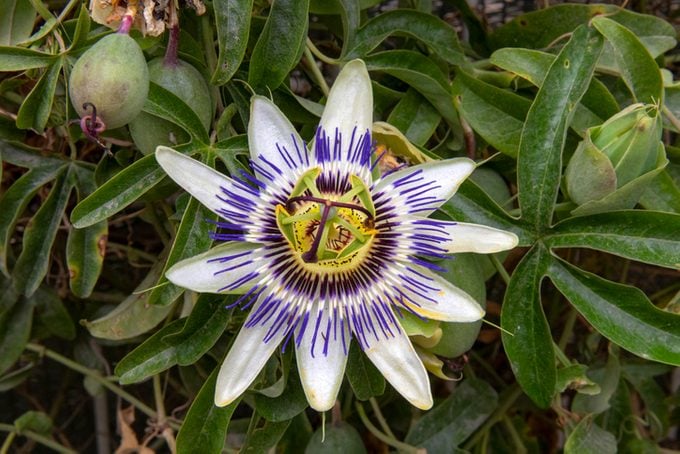
Several non-native passionvines can often be found for sale in the U.S., including Passiflora racemosa, a red-flowered passionvine. Although this vine and its blooms are very attractive, I don’t recommend it to wildlife gardeners as this vine is toxic to our native butterfly caterpillars.
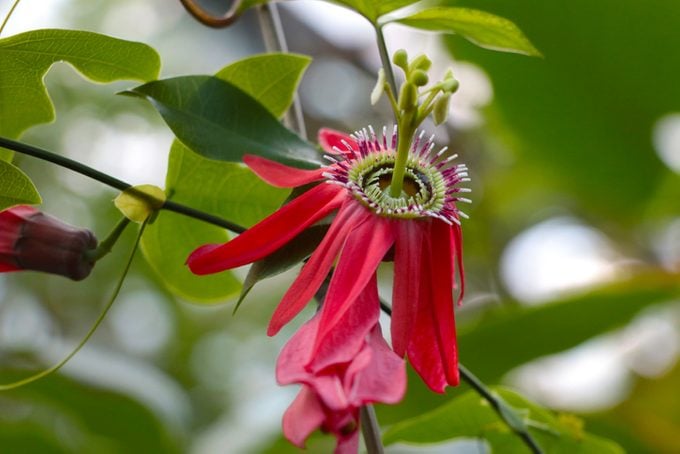
The blue-flowered Passiflora caerulea, while not native, is fine as a host plant. There are also many hybrids between P. incarnata and P. caerulea, resulting in some beautiful and interesting blooms. These varieties are no more aggressive than our native maypop, and make a good addition to a wildlife garden.
Is honeyvine milkweed an invasive plant?
Grow Passionvine as a Host Plant
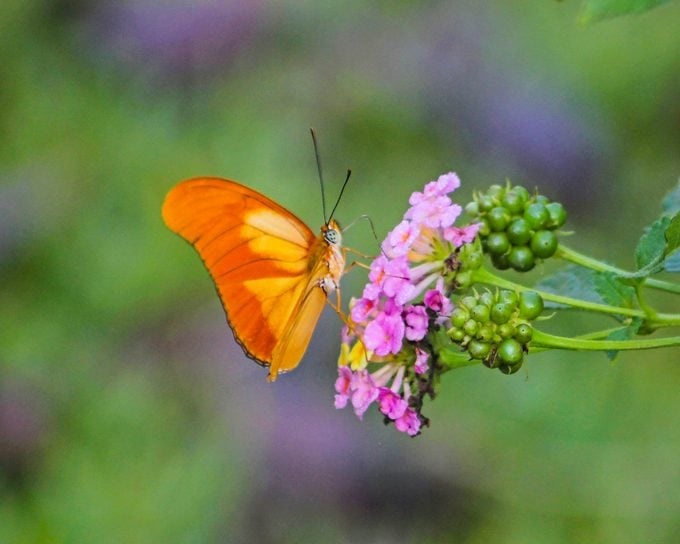
If you raise passionvine, you must expect caterpillars. It the host plant, or food plant, for caterpillars of four butterfly species in the Southeast: gulf frilillary, zebra longwing, Julia heliconian (sometimes called a Julia longwing) and variegated fritillary.
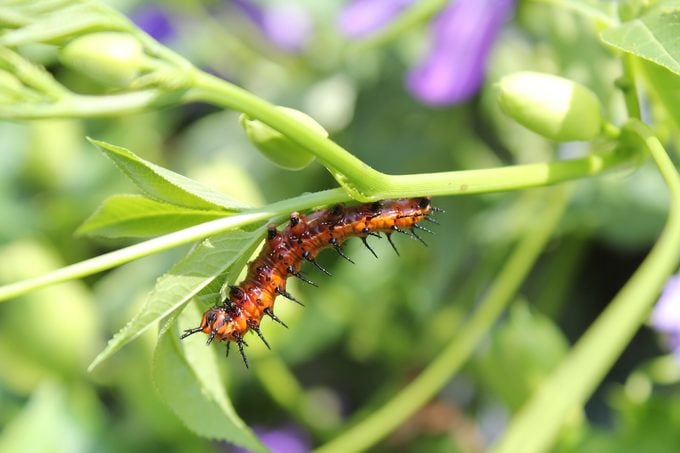
If you’d prefer not to sacrifice your passion flowers to voracious caterpillars, you have a few options. You can check your vines daily for butterfly eggs (small and yellow, laid on any and all parts of the plant) and remove them. You might also consider contacting botanical gardens in your area to find out if they have a butterfly garden where the caterpillars might be welcome. Note that though the caterpillars have spiny hairs, none of them are harmful to humans, so they’re safe to handle.
Psst—discover the truth behind common myths about butterfly host plants.
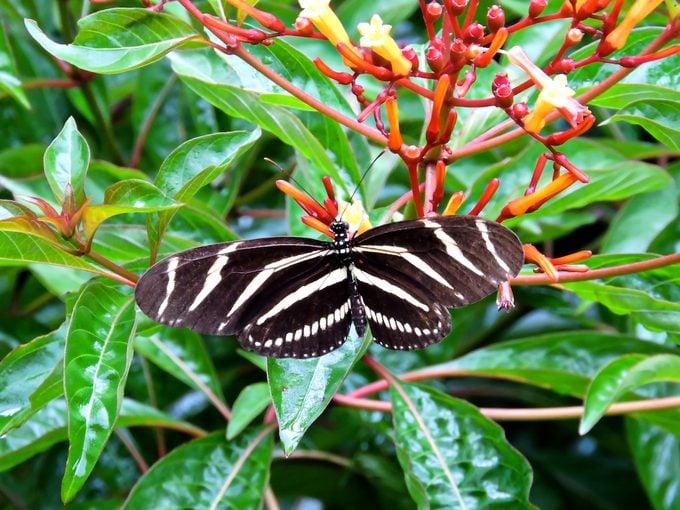
Most butterfly gardeners welcome the caterpillars, though, and plant passionvine purposely as a host plant. In my own yard, passion flowers are a regular draw for gulf fritillaries and the occasional zebra longwing.
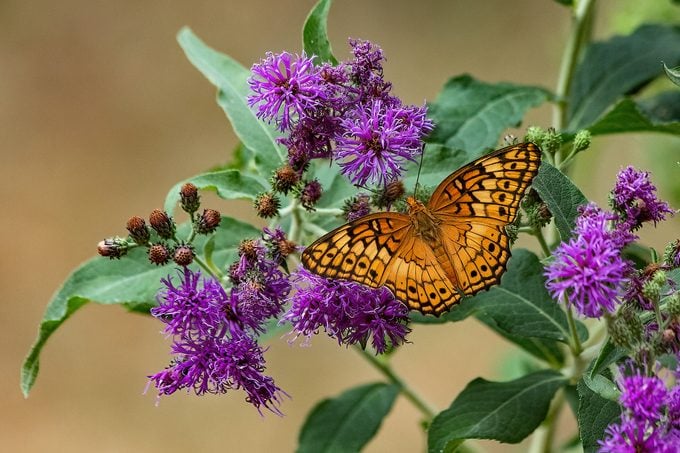
Next, learn how to grow a climbing hydrangea vine.
